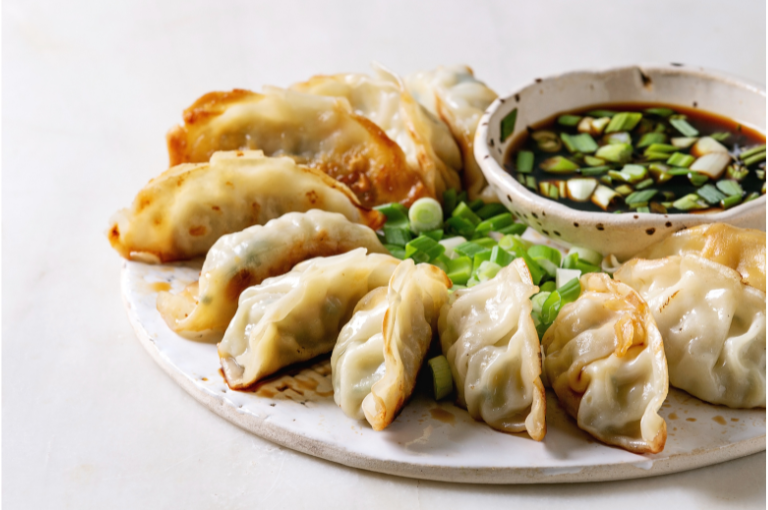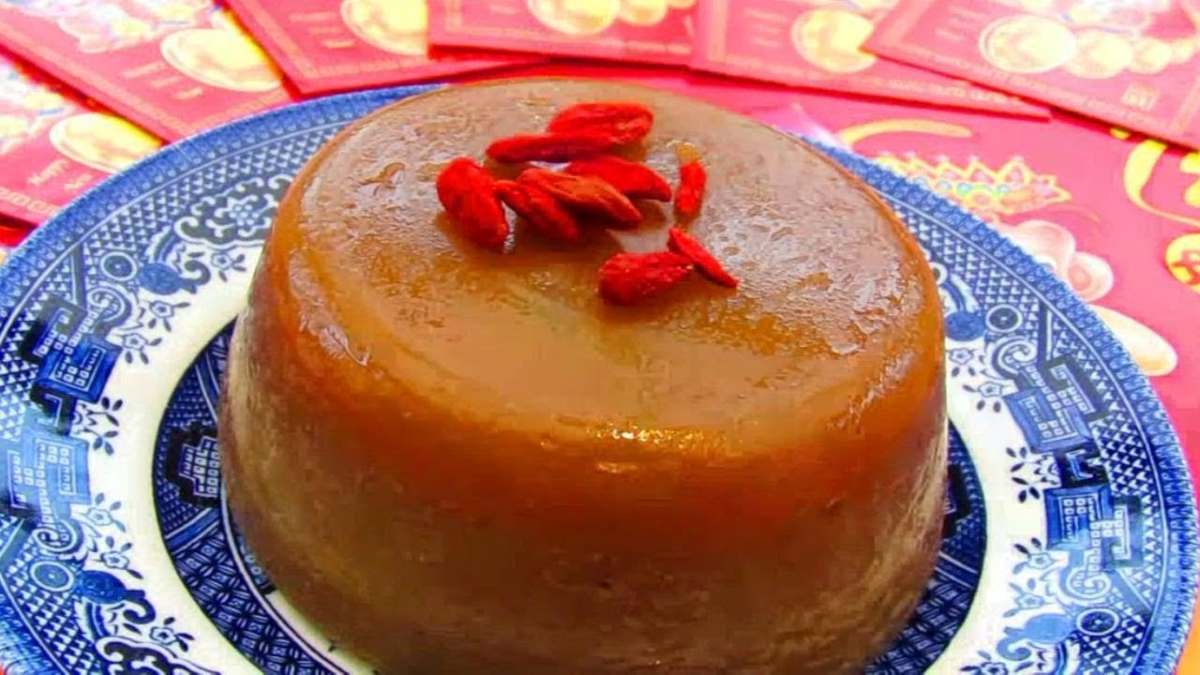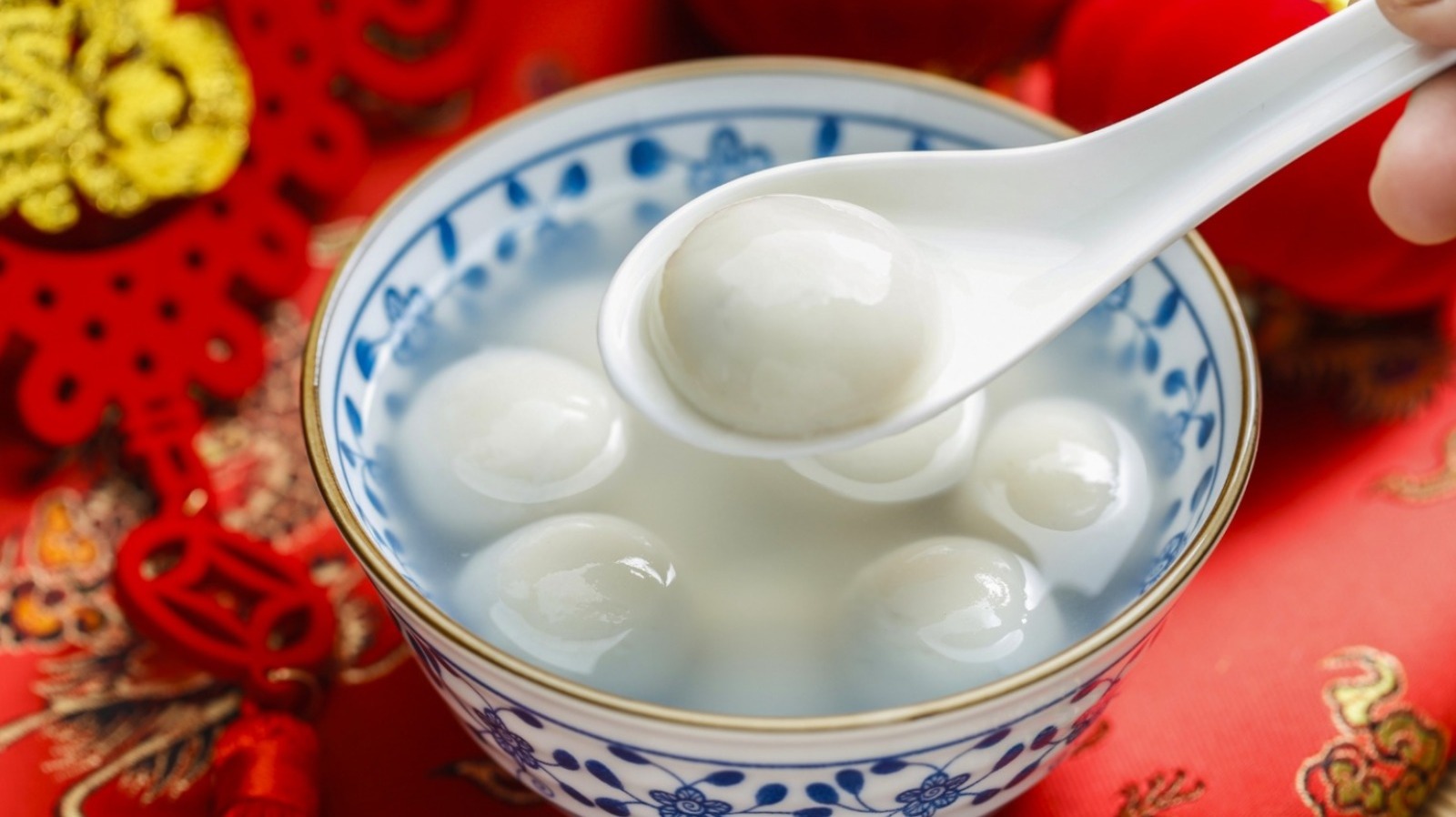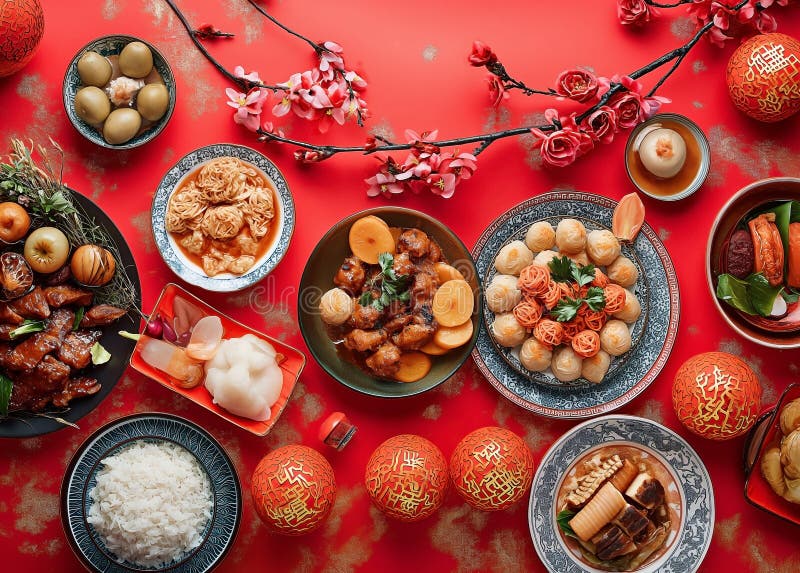Chinese New Year
Food & Cuisine
Discover the delicious traditions, symbolism, and recipes that make Chinese New Year a feast for the senses
Explore DishesDiscover the delicious traditions, symbolism, and recipes that make Chinese New Year a feast for the senses
Explore DishesThe Chinese New Year feast includes special dishes that not only delight the palate but also carry auspicious meanings. Here are some essential foods that grace tables during this important celebration:

Shaped like ancient Chinese gold ingots, dumplings symbolise wealth and prosperity. Many families hide a coin in one dumpling during preparation—whoever finds it will enjoy exceptional good fortune throughout the year.
The Chinese word for fish (yú) sounds remarkably similar to 'surplus' or 'abundance'. A whole fish symbolises prosperity throughout the year. It's traditionally served whole with the head and tail intact, ensuring completeness.
These crispy golden parcels, filled with fresh vegetables and sometimes meat, represent wealth because their golden colour and cylindrical shape resemble precious gold bars from ancient times.
These specially prepared extra-long noodles must never be cut or broken during cooking or eating, as they symbolise longevity. The longer the noodle remains intact, the longer your life will be!

This delightfully sweet and chewy rice cake gets its auspicious meaning from wordplay—its name sounds like 'higher year', symbolising advancement, progress, and reaching new heights in the coming year.

These delightful glutinous rice balls, served floating in a warm, sweet soup, symbolise family reunion and togetherness. Their perfectly round shape represents wholeness and unity amongst loved ones.
In Chinese culture, the foods eaten during New Year celebrations carry powerful symbolic meanings. Each dish represents hopes and wishes for the coming year:
Many symbolic foods are based on homonyms—words that sound similar to other words in Chinese. For example, the word for fish (鱼 yú) sounds like 'surplus' (余 yú), and oranges (橙 chéng) sounds similar to 'success' (成 chéng).
This wordplay creates meaningful connections between foods and positive outcomes, allowing families to literally "eat their wishes" for the new year. It's a delightful tradition that combines linguistic cleverness with culinary pleasure.
The New Year's Eve reunion dinner (年夜饭 Niányèfàn) is the most important meal of the year. Family members travel from far and wide to be together for this special occasion. The table is typically round, symbolising completeness and family unity.

Prepare ingredients and some dishes days in advance. Cleaning, chopping, and marinating ahead of time will allow you to enjoy the celebration with your loved ones.
Make dumplings ahead of time and freeze them uncooked. They can be cooked directly from frozen without thawing first—perfect for busy celebrations.
Aim for balance in your menu: include meat and vegetable dishes, something steamed, something stir-fried, and something braised for variety.
Cold dishes are traditionally served first, followed by hot dishes. Fish is often served toward the end of the meal as the grand finale.
Finding authentic ingredients for Chinese New Year dishes is easier than ever in the UK. Here's where you can source what you need:
Many ingredients can now be found in the international food aisles of: